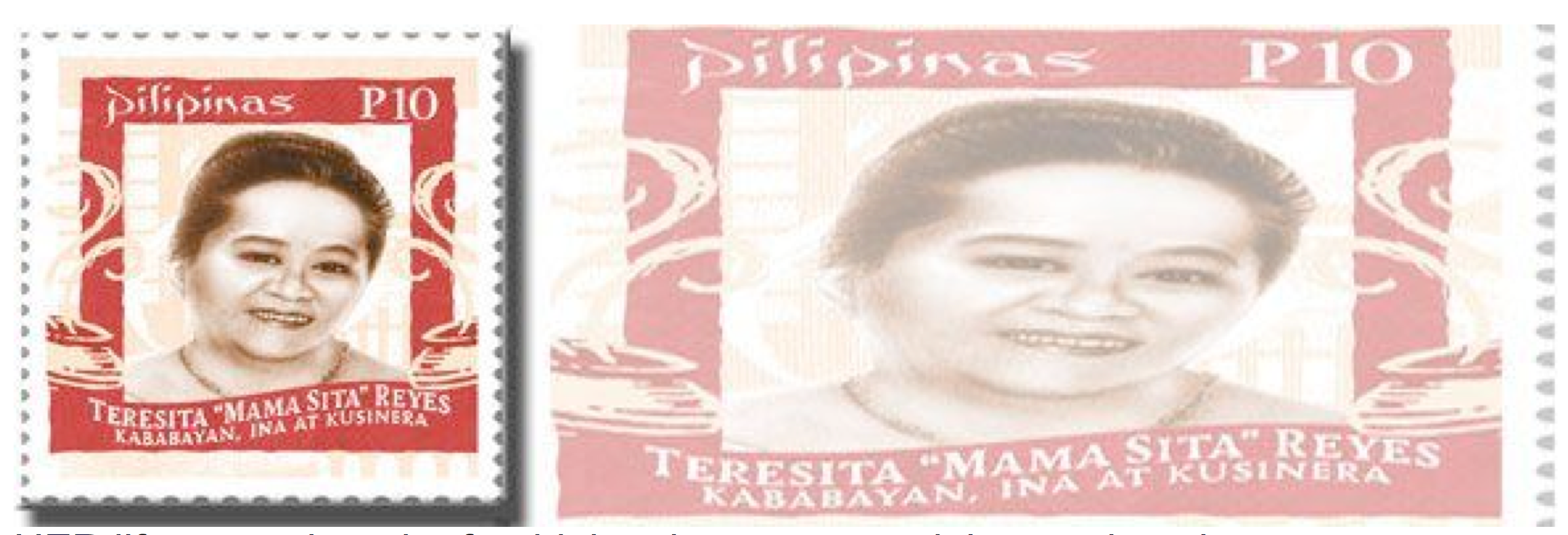MANILA, Philippines - In a small village in Southern Leyte, several hours away from Tacloban, children are one with the sea. Equipped with homemade goggles crafted from discarded glass and spare wood, they dive and search in between rocks and corals. It doesn’t take long for them to find their prize: swaki, a type of colorful sea-urchin with pin-like spines that can be held by delicate hands without risk of injury.
They toss the swaki into a plastic tub they’ve brought along. The tub is now half-full, drifting on the surface of the water; the children are giddy at the thought of eating their hard-won prizes by the shoreline.
To eat swaki with the eagerness and haste of a child, one simply needs the sea and a piece of rock from the shore. Lay the swaki upside-down on the shore, revealing the small barbed mouth underneath. With the rock, smash the underbelly’s shell with just enough force to crack it open. Then, dip the swaki into the sea and shake vigorously. Keep doing so until all of the shell fragments and insides drift into the water to become food for smaller fish. You’ll find that only the golden roe will be left behind, stubbornly clinging to the interior walls of the shell. There will be several lines of roe, all converging at the center then each expanding outwards, as if forming a star. Using a finger (preferably the thumb), trace a line of roe and it will cling to your finger. Place it in your mouth, let the roe break apart and swathe your tongue, then swallow. Rinse and repeat until the plastic tub is empty, the shore filled with empty shells and appetites fulfilled.
Food has a direct connection to the history of the place it originates from. It changes in a dynamic and organic manner, along with the passage of time. Yet, it still carries a piece of its history; a morsel of the past re-imagined and experienced in the present.
Teresita “Mama Sita” Reyes’ own chronicles about food are well-known. Since Mama Sita was a natural listener and storyteller, she would gather recipes from a varied group of people – family, friends, cooks, vendors and farmers – basically anyone who shared her passion for cooking. Her recipes, hand-written in her distinctive cursive style, weren’t just lists of ingredients and cooking processes, but were also compilations of tips, hints and anecdotes about marketing, preparing, cooking and, most importantly, the social and historical context of the community.
These vivid details were accompanied by Mama Sita’s illustrations that served as visual aids to help further preserve the original cooking processes. What Mama Sita had created went beyond recipes – these were introspections about our rich history and culture through the lens of our cuisine. It is this spirit of food writing that the Mama Sita Foundation has pursued in its yearly “Mga Kuwentong Pagkain” contest.
“Mga Kuwentong Pagkain” is open to anyone who is willing to tell an interesting story about food – detailed accounts of local or regional recipes, ingredients, food preparation, rituals or personal experiences – anything that can further promote awareness and appreciation for Philippine cuisine.
Stories may be submitted in any of the following formats: a written essay, a video or a poem. Essays may be handwritten or typewritten but must have a maximum word count of 2,000 words. Video submissions must have a maximum running time of 10 minutes. Poems may be written in any form (e.g. sestina, sonnet, tanaga, haiku, free verse, prose poetry) but must have a maximum of 300 words. Poems may also be performed and recorded on video or audio and submitted via CD. Entries may be written and expressed in English or Filipino.
While regional dialects are highly encouraged, these entries must have comprehensible subtitles or an appropriate translation.
Participants may submit in three categories: Heritage Category, Regional/Local Category and Personal Experience Category.
The Heritage Category entries must be stories on historic dishes and food preparation, traditions and rituals focusing on food or family heirloom recipes.
The Regional/Local Category focuses on stories of regional or local cuisine, which includes local dishes or delicacies, artisanal specialties, food customs/rituals, exotic native ingredients or food preparation methods.
Lastly, the Personal Experience Category highlights intimate non-fictional food stories that showcase interpersonal relationships, journeys and catharses.
Entries will be judged on one set of criteria for all categories: content and significance to Philippine cuisine (40%), presentation (25%), originality (25%) and over-all impact (10%). One grand prize winner for each category will be awarded P10,000. Special citations will be awarded to entries with merit but did not receive the Grand Prize. Both grand prize and special citation winners will receive a medal and special gift items from Kusina ni Mama Sita.
All entries must be submitted on or before Sept. 30. To join, download and accomplish the entry form from www.msita.com/mga-kuwentong-pagkain/. Submissions and accomplished entry forms may be emailed to mgakuwentongpagkain@msita.com or snail-mailed with the title “Mga Kuwentong Pagkain at Iba Pa” and sent to Kusina ni Mama Sita, 131 F. Manalo St., San Juan, Metro Manila 1500.
Source: http://www.philstar.com/starweek-magazine/2015/09/06/1496442/share-your-potful-food-stories, September 6, 2015



